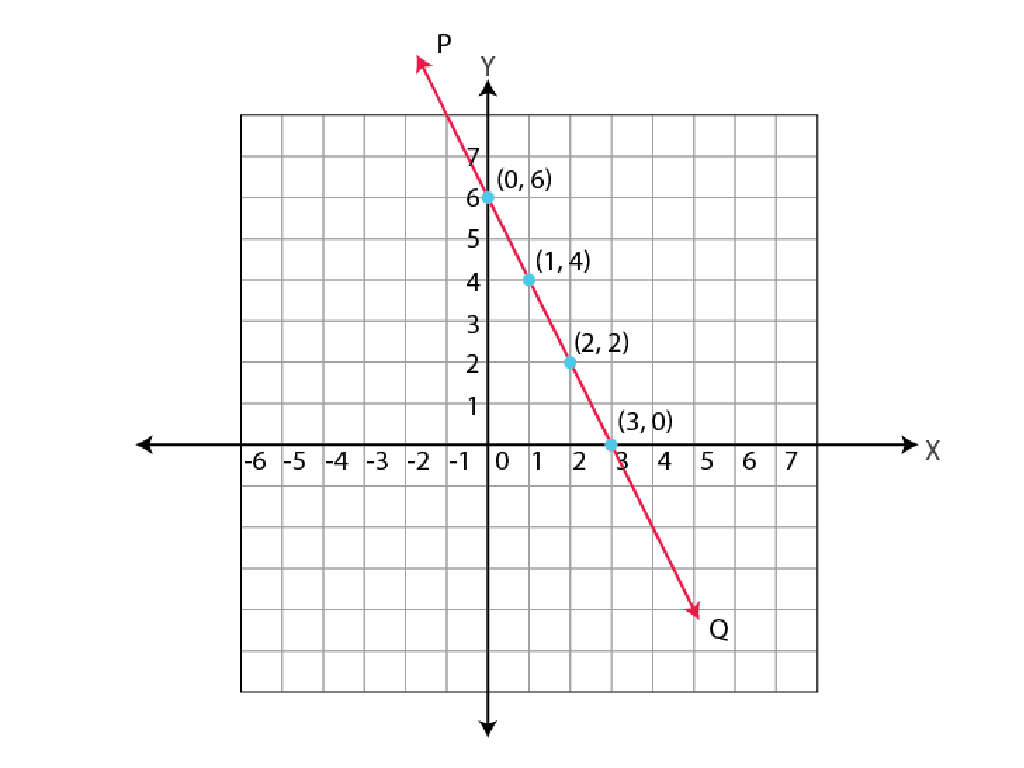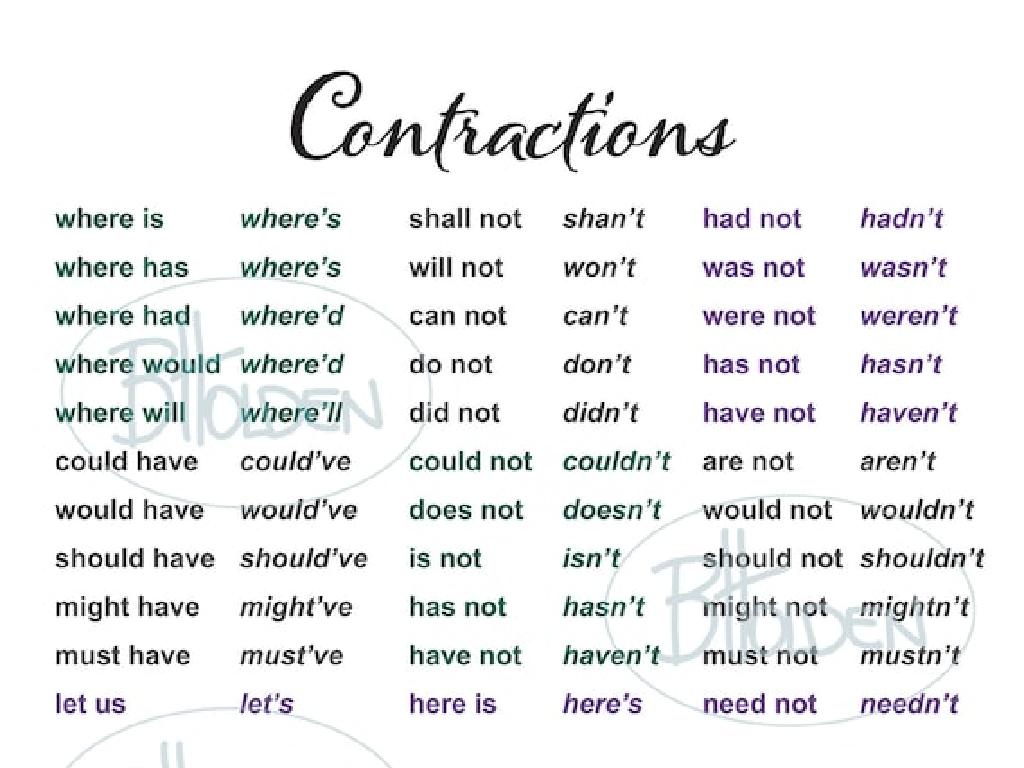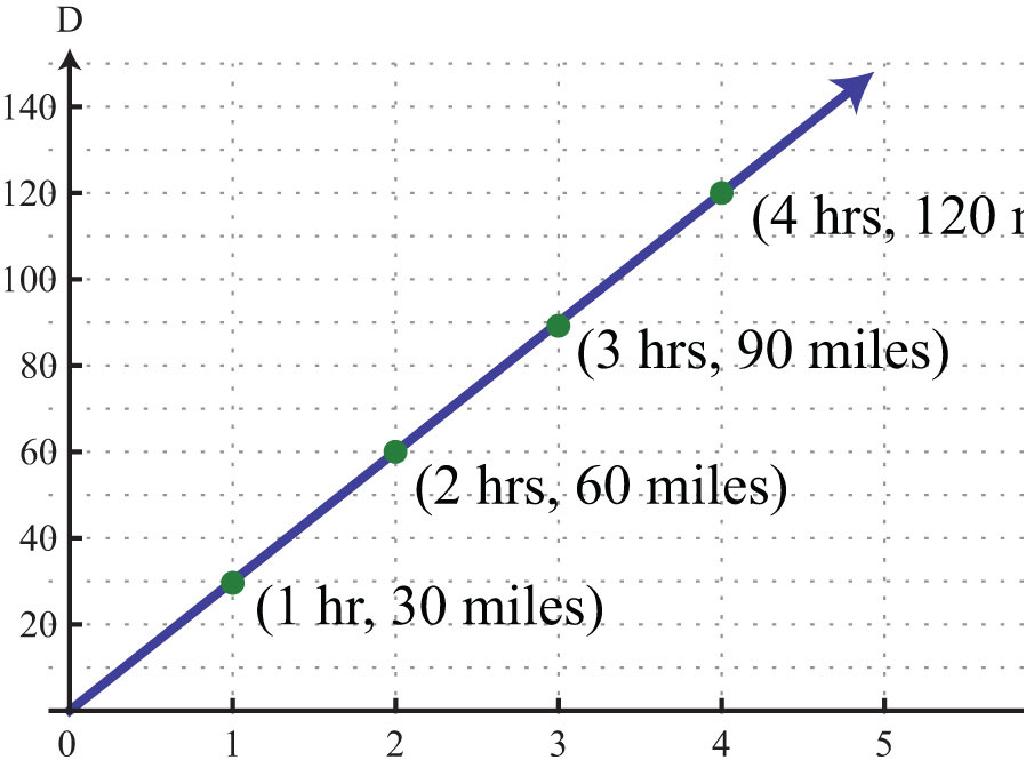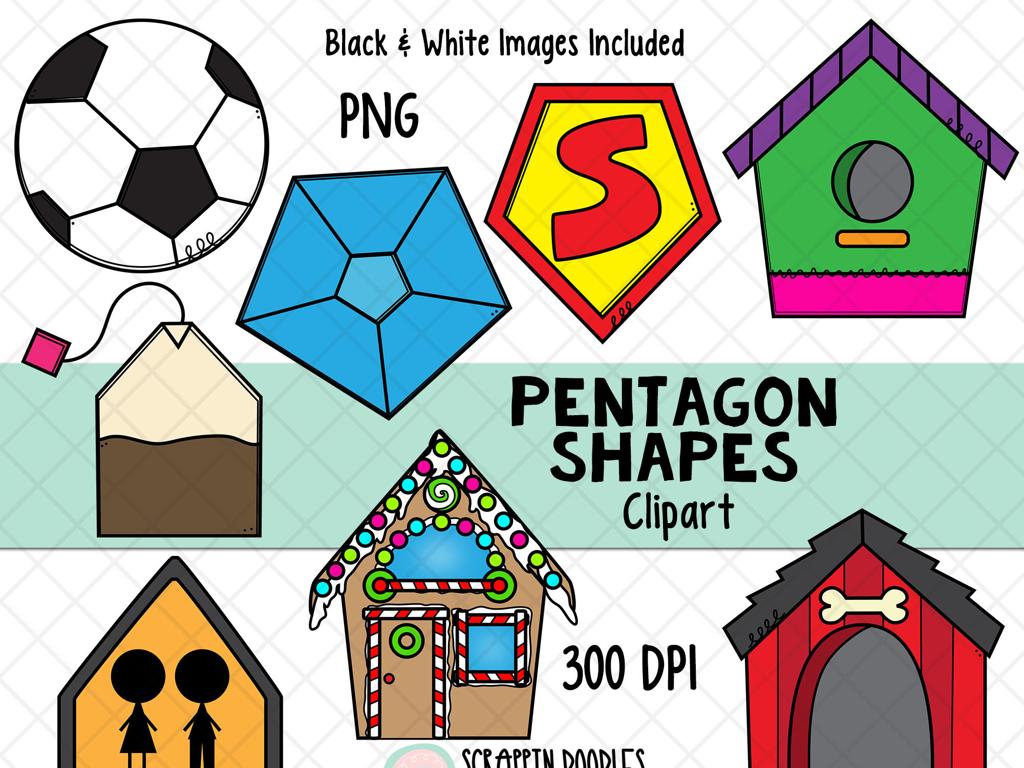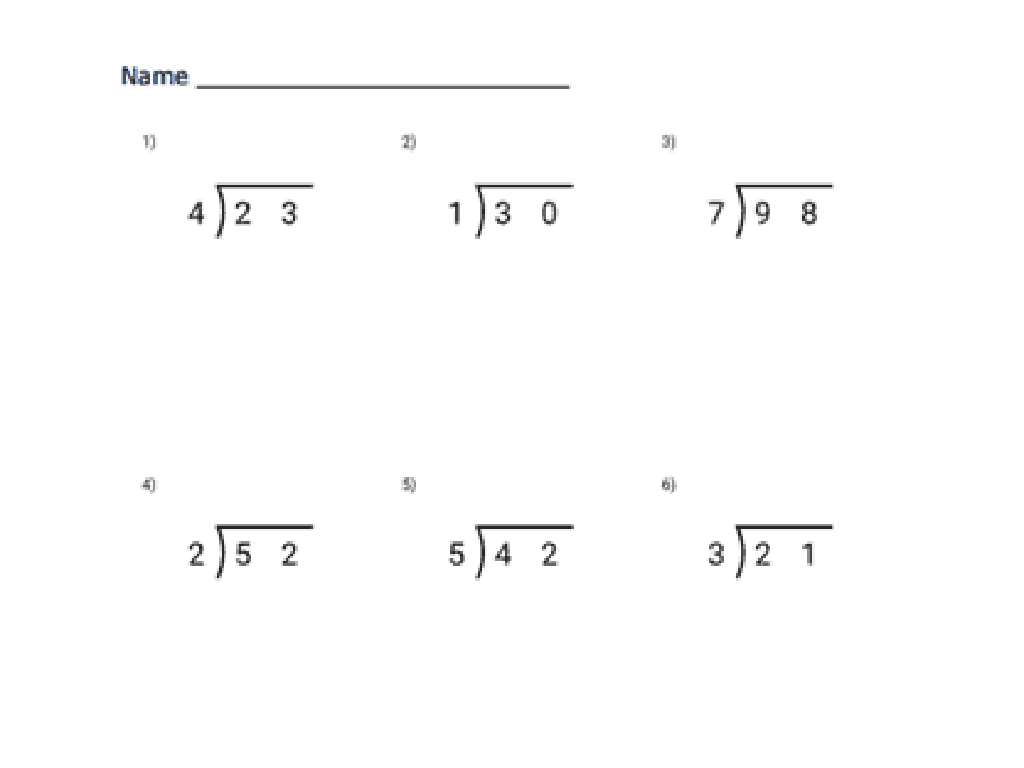Classify Changes To Earth'S Surface
Subject: Science
Grade: Second grade
Topic: Earth Events
Please LOG IN to download the presentation. Access is available to registered users only.
View More Content
Exploring Earth’s Changing Surface
– Earth is always changing
– Types of changes: slow or fast
– Some changes take years, others happen quickly
– Examples of slow changes
– Mountains forming, rocks wearing away
– Examples of fast changes
– Earthquakes, volcanoes, landslides
|
This slide introduces the concept that Earth’s surface is not static but is constantly changing. It’s important to convey to the students that these changes can occur over a long period, like the formation of mountains, or can happen suddenly, such as in the case of an earthquake. Provide clear examples of slow changes, like the erosion of rocks, and fast changes, like volcanic eruptions or landslides. Encourage students to think about how these changes affect the environment and people’s lives. Use this opportunity to spark curiosity about the planet they live on and its dynamic nature. The goal is to prepare them for a more detailed discussion on specific Earth events in subsequent classes.
Exploring Earth’s Surface
– Earth’s surface: our planet’s skin
– Like the skin that covers our bodies
– It’s made up of many features
– Mountains, valleys, plains are examples
– Changes shape over time
– It doesn’t stay the same; it’s dynamic
– Mountains and valleys form
– These are some of the changes we see
|
This slide introduces students to the concept of Earth’s surface, comparing it to something familiar like skin to make it relatable. Highlight the variety of features found on Earth’s surface, such as mountains, valleys, and plains. Emphasize that the surface is not static; it changes due to various natural processes. Use simple language to explain that these changes can be slow or fast, and they shape the planet’s surface over time. Encourage students to think of examples of how the Earth’s surface might change, like how a sandcastle changes shape when the tide comes in.
Classifying Earth’s Surface Changes
– Natural changes to Earth
– Earthquakes, volcanoes, erosion
– Man-made changes to Earth
– Buildings, roads, farming activities
– Speed of changes varies
– Some happen quickly, like earthquakes; others slowly, like erosion
– Impact of changes
|
This slide introduces students to the concept that Earth’s surface can change due to various natural and man-made events. Natural changes include earthquakes that shake the ground, volcanoes that erupt and shape the land, and erosion where water and wind wear away rocks and soil. Man-made changes are those we cause, like constructing buildings, paving roads, or altering the land for agriculture. It’s important to highlight that some changes happen very quickly, causing immediate effects, while others can take years to see. Discuss the impact of these changes on the environment and our lives, and encourage students to think of examples they have seen or heard about.
Fast Changes: Earthquakes
– What is an earthquake?
– Sudden shaking of the ground caused by movement of Earth’s crust.
– Earthquake effects on Earth
– Earthquakes can crack streets, topple buildings, and change landscapes.
– Earthquake safety tips
– Drop, cover, and hold on! Stay away from windows and find a sturdy table to hide under.
|
This slide introduces the concept of earthquakes as a fast change to Earth’s surface. Begin by explaining what an earthquake is, emphasizing the sudden and unpredictable nature of this natural event. Discuss how earthquakes can cause significant alterations to the landscape, such as creating cracks in the ground or causing buildings to collapse. Emphasize the importance of safety during an earthquake, teaching students the ‘Drop, cover, and hold on’ technique, and what to do to stay safe indoors and outdoors. Use this opportunity to conduct a mock earthquake drill to reinforce these safety tips.
Slow Changes to Earth: Erosion
– Erosion is a slow change to Earth
– Water, wind, and ice cause erosion
– Rivers carving valleys, wind forming dunes
– Erosion shapes our land over time
– Mountains becoming hills, valleys getting deeper
– Examples of erosion in nature
|
Erosion is a process that wears away the Earth’s surface gradually. It’s important for second graders to understand that erosion is a natural and slow-moving force that shapes the landscape. Water can erode land by carrying away soil as it flows in rivers. Wind can move sand and sculpt dunes or erode rock formations. Ice, in the form of glaciers, can carve out valleys and change the shape of mountains. Show students pictures of canyons, valleys, and sand dunes as examples of erosion. Discuss how these changes take a very long time to happen. Encourage students to think of examples they have seen, like sand being washed away at the beach or soil being blown away in a dust storm.
Man-Made Changes to Earth’s Surface
– Humans reshape Earth’s surface
– Constructing buildings and parks
– Homes, schools, and playgrounds change the land
– Farming and gardening activities
– Growing food and plants alters the soil
– Impact of these changes
– How do these activities affect Earth?
|
This slide aims to teach second-grade students about the various ways humans impact the Earth’s surface through construction and agriculture. It’s important to explain that while these changes help us live and grow food, they also have effects on the natural landscape and ecosystems. Discuss how building structures like homes and schools requires clearing land, which can lead to habitat loss for animals. Farming and creating gardens involve changing the soil, which can affect water runoff and local wildlife. Encourage students to think about the balance between human needs and caring for our planet. Activities could include a discussion on what students see in their own communities and how they think these changes affect the environment.
Class Activity: Model an Earthquake
– Build your ‘earthquake’ shake table
– Construct structures to test
– Use blocks or other materials to make buildings
– Observe effects of shaking
– Watch how buildings react to your shake table
– Learn about earthquake impacts
– Discuss why some structures fall and others stay standing
|
This activity is designed to help students understand the concept of earthquakes and their effects on man-made structures. Provide each student or group with materials to construct a simple shake table, such as a flat surface on marbles or a metal tray with rubber balls underneath. Students will then build structures using blocks, legos, or other materials provided. Once the structures are built, students will simulate an earthquake by shaking the table and observing the effects on their buildings. Discuss with the class why some structures withstand the shaking while others do not, introducing concepts such as building materials, weight distribution, and construction design. This hands-on activity will engage students and provide a memorable experience to reinforce the lesson on earthquakes.
Class Activity: Exploring Erosion
– Simulate erosion using water and sand
– We’ll pour water on sand to see how it moves and shifts
– Observe sand shape changes over time
– Watch and record how the sand’s appearance changes
– Learn how erosion alters landscapes
– Understand erosion’s role in shaping valleys and mountains
|
This class activity is designed to help students understand the concept of erosion in a hands-on way. By simulating erosion, students can see the direct effects of water on sand, which represents how rivers and streams can shape the Earth’s surface over time. Provide each student or group with a tray of sand and have them gently pour water over it to observe how the sand shifts and settles. Encourage them to take notes or draw pictures of their observations at different intervals. Discuss as a class how erosion by water can lead to the formation of new landforms like valleys and mountains. This activity will help solidify their understanding of erosion as a powerful Earth event that changes our landscape.
Caring for Our Changing Earth
– Earth’s surface is dynamic
– Fast vs. slow changes
– Fast changes: earthquakes, volcanoes. Slow changes: erosion, weathering
– Our role in protecting Earth
– Plant trees, recycle, save water
– Review what we’ve learned
|
This slide wraps up our lesson on Earth’s surface changes. Emphasize that the Earth is always changing, sometimes quickly through events like earthquakes and volcanoes, and sometimes slowly through processes like erosion and weathering. Highlight the importance of our responsibility in taking care of our planet by engaging in activities such as planting trees, recycling, and conserving water. Encourage students to reflect on what they’ve learned and to think of ways they can help protect our Earth every day.
Review: Changes to Earth’s Surface
– Recap of today’s lesson
– Fast changes to Earth’s surface
– Examples: earthquakes, volcanoes
– How humans alter the land
– Building roads, houses
– Questions and answers
|
This slide aims to review the key points from today’s lesson on changes to Earth’s surface. Start by asking the students what they remember about the day’s topic to refresh their memory. Discuss examples of rapid changes such as earthquakes and volcanic eruptions, and then explore ways humans impact the land, like construction and deforestation. Encourage the students to think of other examples and ask questions to ensure they understand how both natural events and human activities can cause significant changes to the environment. This interactive session will help solidify their learning and promote curiosity.

